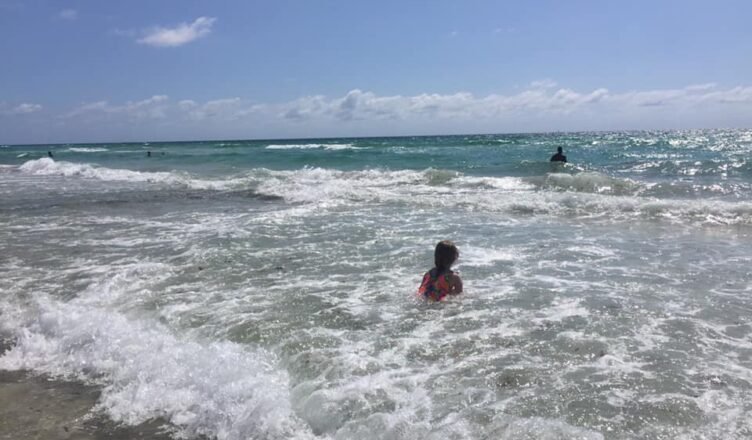It’s another beautiful July morning in the water off of South Beach. The visibility is crystal clear. The waves are nonexistent so you can see any number of fish clearly frolicking below the surface.
But wait, this is not the summer South Florida was promised. Months ago we were warned this would be the summer of seaweed where 10 million tons of sargassum would wash on to the shore.
News outlets this past spring delighted in forecasting The Great Atlantic Sargassum Belt would ruin Florida’s summer at the beach. With the ocean water being the one natural respite many of us have from Miami’s uninhabitable summer heat, that sounded like a nightmare.
It was a very believable threat.
The last few summers have seen seaweed invade our coastlines at much more aggressive rates than in previous decades. June, July, and August treks to the beach often meant having to wade through a few yards of muck to get to relatively open water.
But this summer so far has been a delight. There has been very little seaweed to get in the way of enjoying the Atlantic.
So what happened?
University of South Florida Optical Oceanography Lab quietly reported on June 30 that 75% of the seaweed disappeared. One of USF’s professors Chuanmin Hu told CNN that strong winds probably caused the seaweed to break off into smaller clumps and sink to the ocean floor.
But this rosy news received only a fraction of the attention as this Spring’s threat of a seaweedpocalypse. It has long been established that news forecasting dread and disaster gets far more clicks and views than items describing pleasantness and positivity.
So clear waters get barely a mention, but they’re out there.


